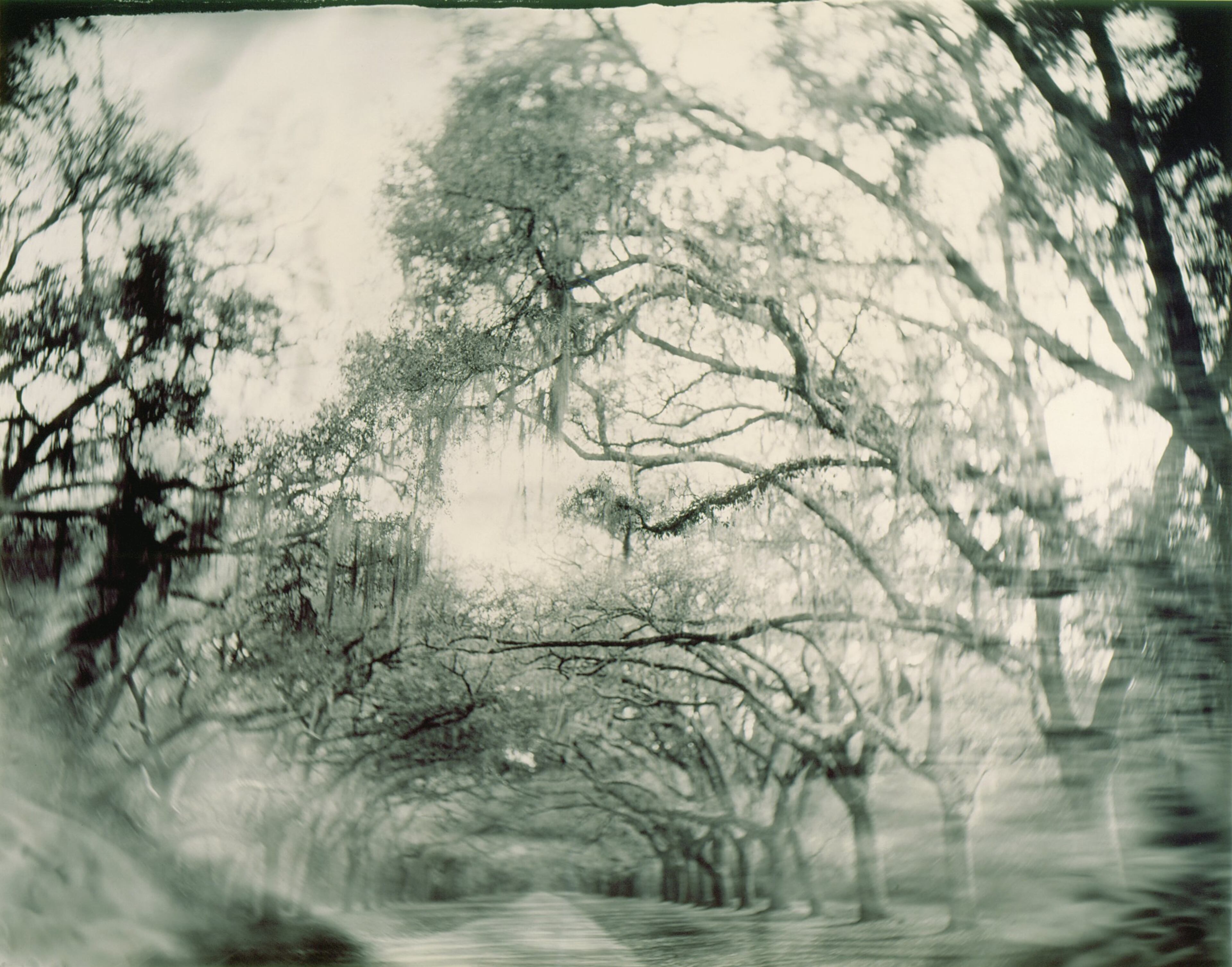The South seen through diverse lenses in ‘Picturing the South’

Once romanticized beyond all reason, the South has also been vilified in the popular imagination. The region has been represented in movies and the media as a place where racism is routine, megachurches define morality and good ole boy politics rule.
Those of us who live here know that the South — while containing those elements — is far richer, and more laden with gray area. And few places in America hold the allure, the mystique and the complexity of the South.
It’s no wonder the region has been such fertile ground for photographers, from Walker Evans to William Eggleston and in the High Museum’s commissions for “Picturing the South.” Inaugurated in 1996, “Picturing the South” asks photographers — emerging and established, Southern and not — to visualize the region, its landscape and people. Now after 25 years comes a kind of retrospective, exhibiting more than 250 works and all 16 artists over the program’s history. Three of the newly-commissioned photographers — An-My Lé, Jim Goldberg and Atlanta-based artist Sheila Pree Bright — offer some of the most compelling work in the series.
As one might expect, certain themes repeat in “Picturing the South: 25 Years.” Race, religion, landscape, family, environmental destruction, poverty and the troubled history of the region are topics traced over the series’ 25-year history.
The show opens strong with one of the first “Picturing the South” commissions by Sally Mann. Her otherworldly, outsize images of the Southern landscape recall 19th-century photographers like Mathew Brady and somehow blend the macabre and the romantic in their glitched, gauzy surfaces.

Mann’s work is hung next to work from a Black artist with a similar mission: to underpin the South’s beauty with a recognition of its ugly history. Sheila Pree Bright’s black-and-white “Invisible Empire” photographs of the landscape around Stone Mountain feature the site’s bas relief monument to the Confederacy; a Bible placed against the landscape; and a kudzu-draped tree that becomes a metaphor for the violence visited upon Black bodies. Pree’s images bristle with a crime-scene worthy sense of menace, a feeling that, as William Faulkner famously wrote, “the past is never dead. It’s not even past.”
Other juxtapositions are inferred, like the striking difference between San Francisco photographer Jim Goldberg’s tender portraits of the racially and generationally diverse residents of Arkansas. His considerate approach is far removed from British photographer Martin Parr’s images which have a cutting, mocking humor about the overblown styles of worship, sports culture and food. Despite his tendency to focus on the South’s more carnivalesque moments, you have to credit Parr for his Tom Wolfe-worthy willingness to lampoon the wealthy as vigorously as he does the common folk.
There are images of singular eccentricity and insight in “Picturing the South” like Alec Soth’s poignant photographs of hermits and outsiders or Athens, Georgia-based artist Mark Steinmetz’s eerily timeless photographs of Hartsfield-Jackson International Airport and the lush and wild surrounding landscape. In those cheerfully strange black-and-white images, 747s emerge from the undergrowth like exotic condors glimpsed through the treetops.

Some of the most troubling imagery in “Picturing the South” looks at the region’s disturbing apathy when it comes to environmental issues. Richard Misrach’s quietly terrifying images of petrochemical factories looming over modest ranch homes in Louisiana’s “Cancer Alley,” Emmet Gowin’s moonscapes of the toxic ponds flanking paper mills and Kael Alford’s examination of how climate change has imperiled native American communities in coastal Louisiana show the kind of regional negligence that most often impacts the poor. It’s hard to reconcile the Southern reverence for nature and the fierce local pride in its uniqueness and the equal willingness to watch it turned into a toxic cesspool.

Though far from a travelogue, “Picturing the South: 25 Years” is a strangely affirmative portrait of a complex region with its fair share of problems to contemplate but with a culture worth embracing.
VISUAL ARTS REVIEW
“Picturing the South: 25 Years”
Through Feb. 6. $16.50. High Museum of Art, 1280 Peachtree St. NE, Atlanta. 404-733-4400, high.org.
Bottom line: A project even better when seen in its totality, “Picturing the South” sparks contemplation of the region’s beauty, complexity and difficult history.

